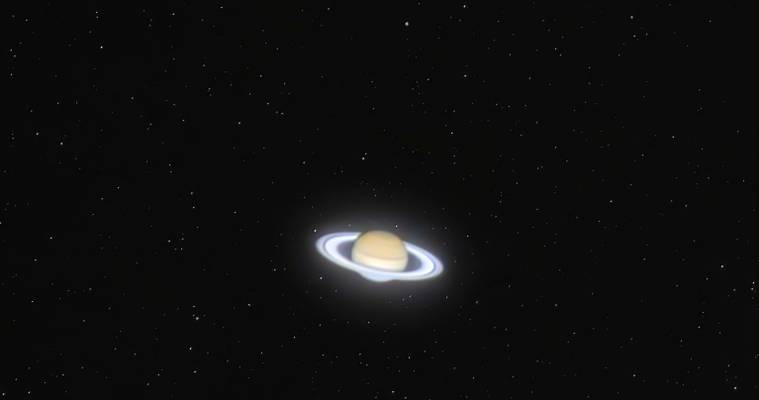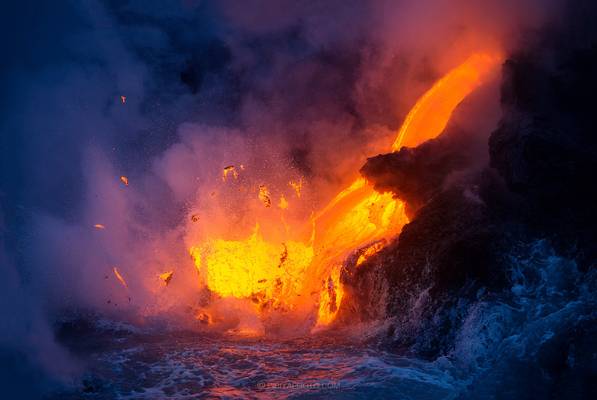
Hilo

by Dominic Nessi
- This photo combines two interesting elements. The Milky Way on Moana Kea is so bright and clear, it feels like you can reach out and touch it.
And when you have Kilauea erupting in the distance about 90 miles away, it is a very interesting photo.

Lava ocean entry at Big Island, Hawaii

Taken from the top (8th floor) of the Hilo Hawaiian hotel balcony. Hilo city lights at left, Coconut island park at right, Mauna Kea summit is...
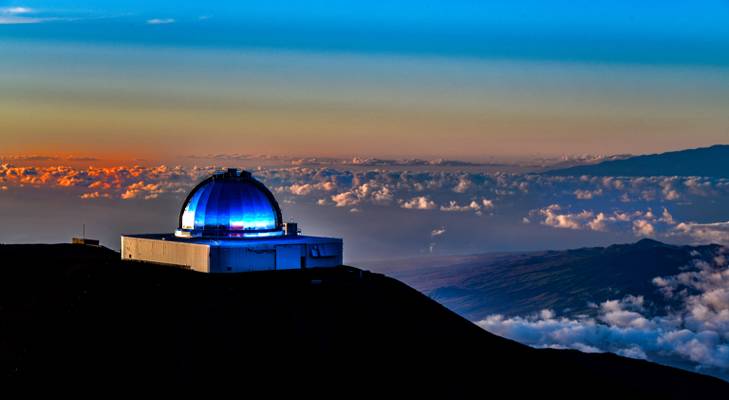
by Dominic Nessi
- The Mauna Kea Observatories (MKO) are a number of independent astronomical research facilities and large telescope observatories that are located at the summit of Mauna Kea on the Big Island of Hawaiʻi, United States.
The facilities are located in a 525-acre (212 ha) special land use zone known as the "Astronomy Precinct", which is located within the 11,228-acre (4,544 ha) Mauna Kea Science Reserve.
The Astronomy Precinct was established in 1967 and is located on land protected by the Historical Preservation Act for its significance to Hawaiian culture. The presence and continued construction of telescopes is highly controversial due to Mauna Kea's centrality in native Hawaiian religion and culture, as well as for a variety of environmental reasons.
The location is near ideal because of its dark skies from lack of light pollution, good astronomical seeing, low humidity, high elevation of 4,205 meters (13,796 ft), position above most of the water vapor in the atmosphere, clean air, good weather and low latitude location.
The peak on the far right is Mauna Loa which is only slightly shorter than Mauna Kea.
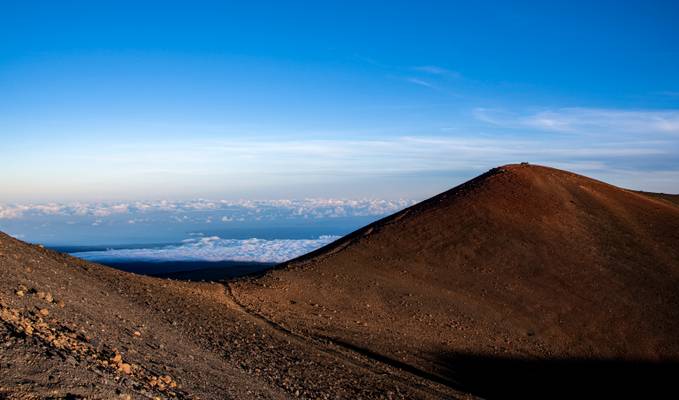
by Dominic Nessi
- Mauna Kea is unusually topographically prominent for its height, with a wet prominence fifteenth in the world among mountains, and a dry prominence second in the world, after only Mount Everest.
Because the Hawaiian Islands slope deep into the sea, Mauna Kea has a dry prominence of 9,330 m (30,610 ft).[8] This dry prominence is taller than Mount Everest's height above sea level of 8,848.86 m (29,032 ft), so Everest would have to include whole continents in its foothills to exceed Mauna Kea's dry prominence.
Given how much Mauna Kea protrudes from the Hawaiian Trough, some authorities have called it the tallest (as opposed to highest) mountain in the world, as measured from base to peak.
Mauna Kea's summit is one of the best sites in the world for astronomical observation due to favorable observing conditions.
The summit is above the inversion layer, keeping most cloud cover below the summit and ensuring the air on the summit is dry, and free of atmospheric pollution. The summit atmosphere is exceptionally stable, lacking turbulence for some of the world's best astronomical seeing.
The very dark skies resulting from Mauna Kea's distance from city lights are preserved by legislation that minimizes light pollution from the surrounding area; the darkness level allows the observation of faint astronomical objects. These factors historically made Mauna Kea an excellent spot for stargazing
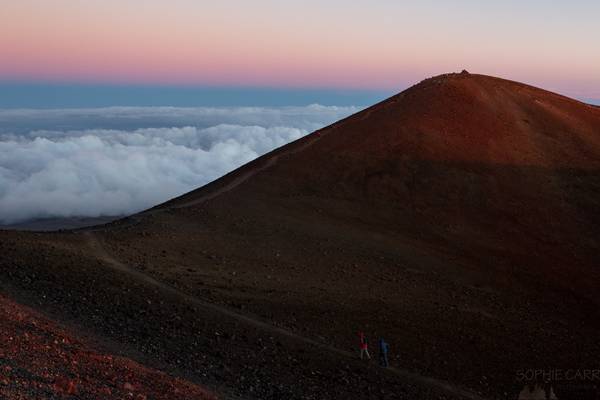
It's been 13.5 years since I last stood on this spot! The condition and views were pretty similar, but now the summit (pictured) is out-of-bounds, as...

The 61G lava flow has reached the ocean about a month now. It took about 4 miles one way hike from the road to reach this point. The hike is fairly...
Thanks to all Phoide contributors to Hilo!
Most notably Dominic Nessi.
